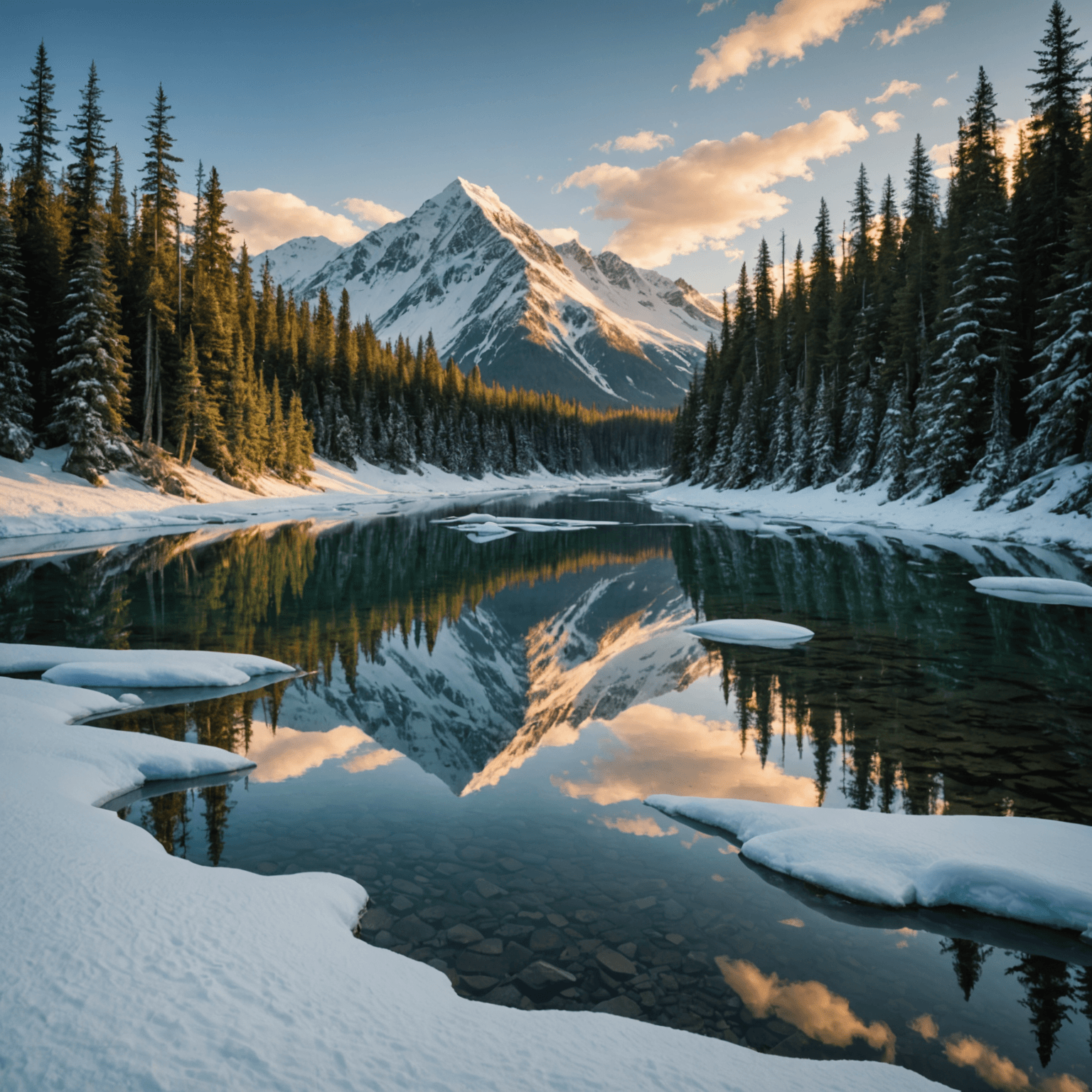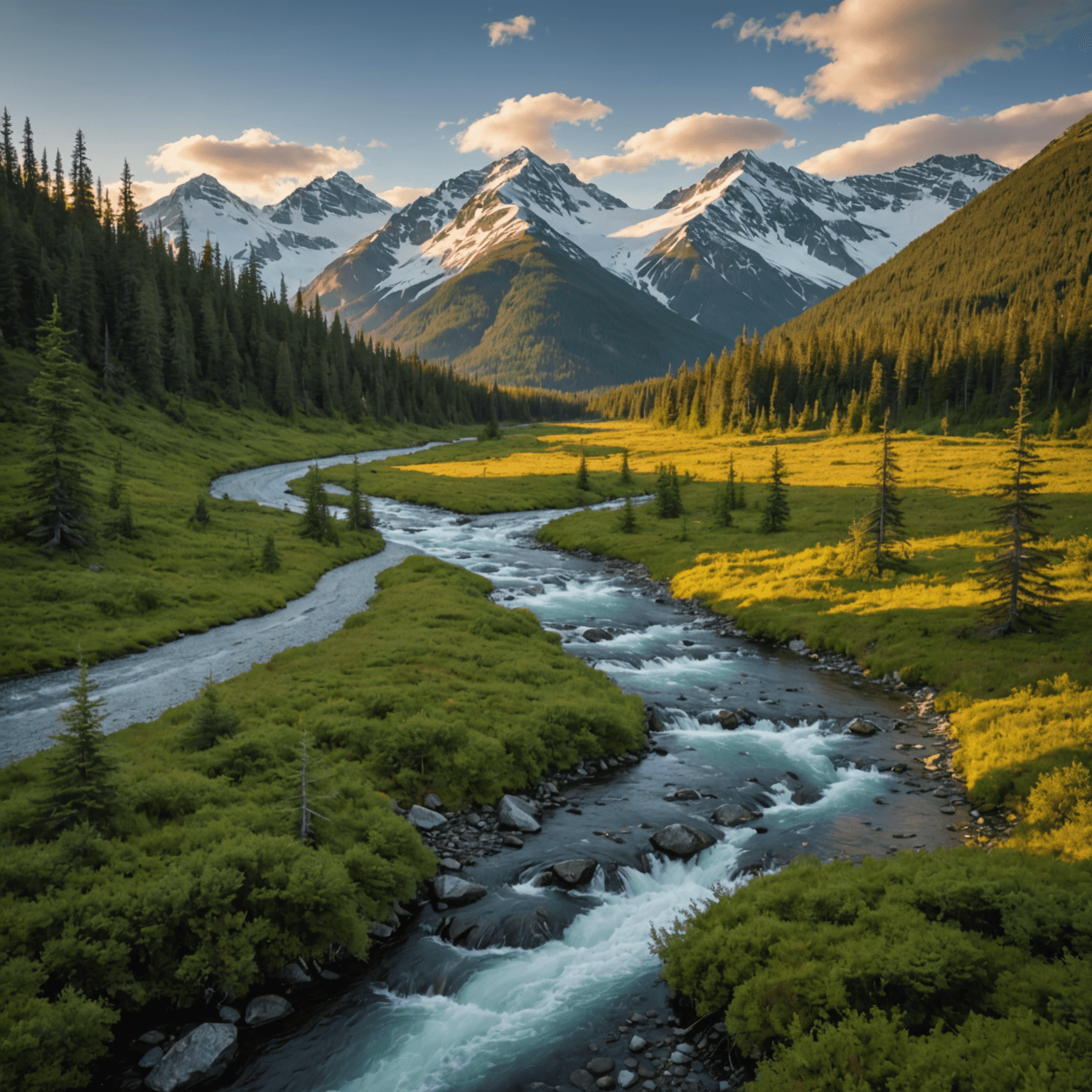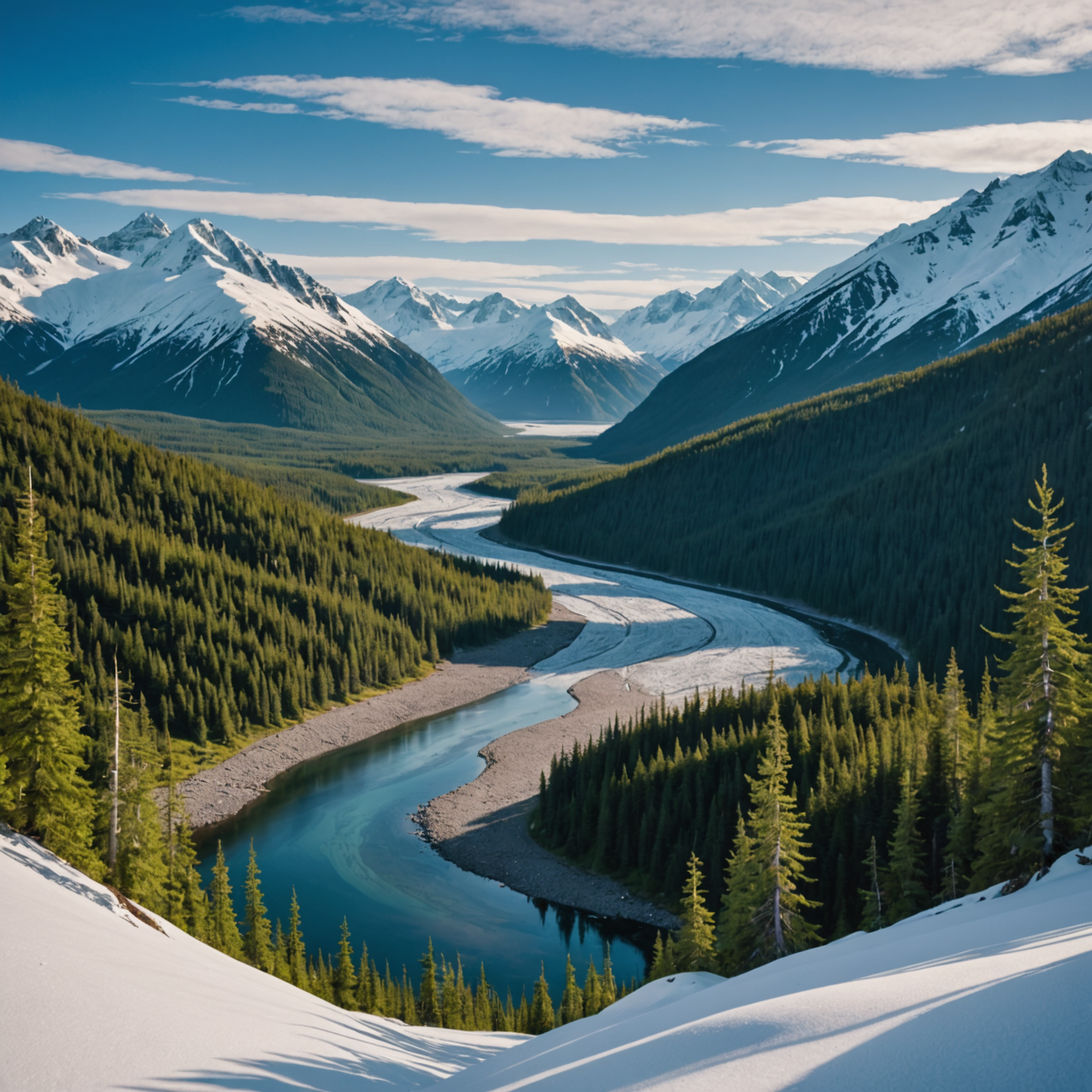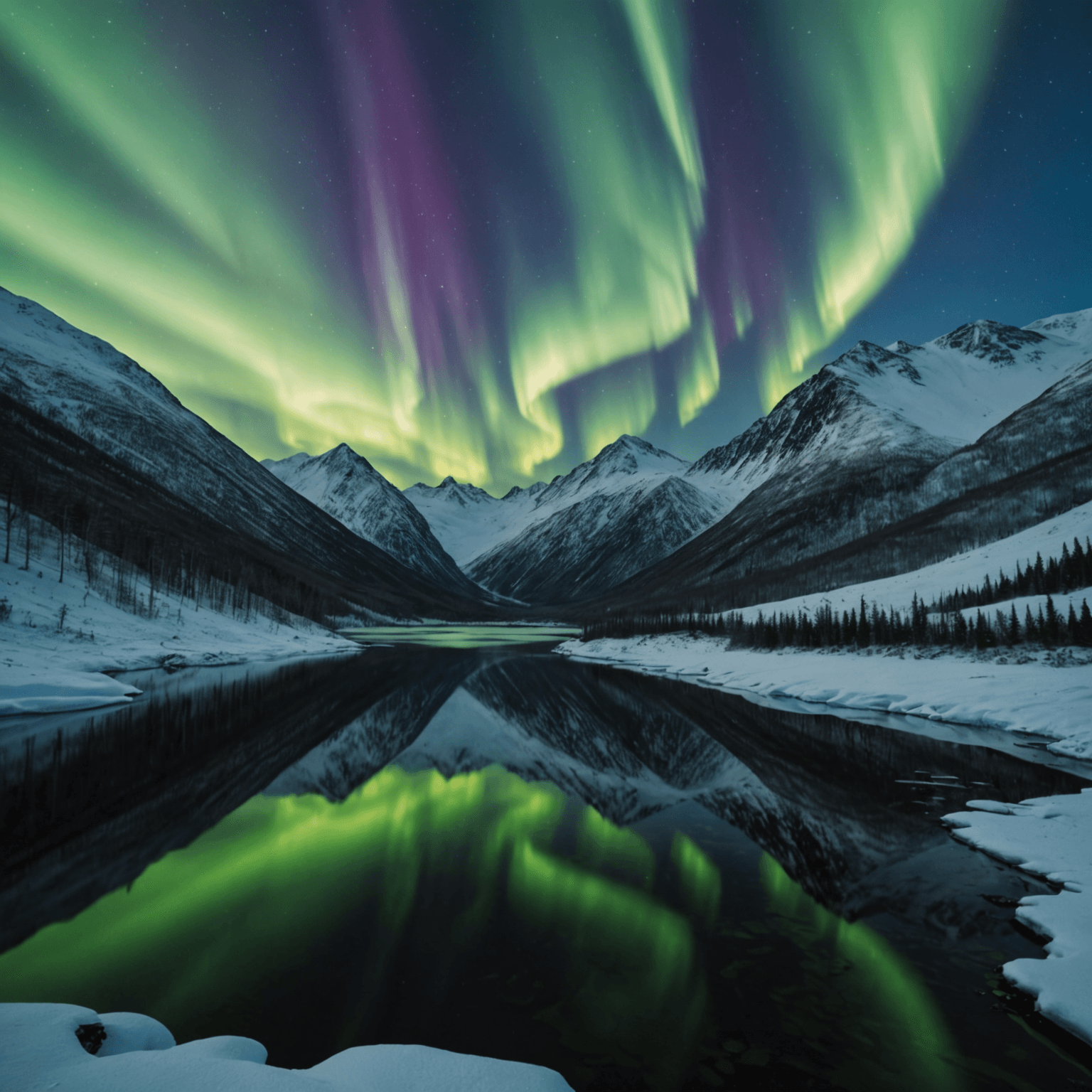Introduction
The thrill of dog sledding through the pristine landscapes of Alaska is a unique adventure, offering a glimpse into a world where teamwork, endurance, and the bond between humans and dogs are crucial for success. This winter activity, popularized by events like the Iditarod, reveals the intricate dynamics of sled dog teams. For many, experiencing this firsthand through Alaska Anchorage tours is a top travel bucket list item. In this blog post, we will delve into how sled dogs work together, the roles within a sled team, and the remarkable synergy that allows them to traverse vast snowy terrains.
The History and Role of Sled Dogs
Sled dogs have a rich history dating back thousands of years, serving as indispensable partners for indigenous Arctic communities. These dogs were bred for strength, endurance, and resilience, traits essential for survival in the harsh climates of the Arctic and sub-Arctic regions. Today, sled dogs are celebrated in events like the Iditarod Trail Sled Dog Race and are a key attraction for visitors seeking Alaska winter tours.
The Structure of a Sled Dog Team
In a sled dog team, each dog has a specific role that contributes to the overall success of the team. Understanding these roles provides insight into the meticulous organization necessary for effective sledding.
Lead Dogs
Lead dogs are responsible for setting the pace and direction of the team. They must be intelligent, confident, and responsive to the musher’s commands. A good lead dog is invaluable, guiding the team through challenging terrains and conditions.
Swing Dogs
Swing dogs, positioned directly behind the lead dogs, help to navigate turns and keep the team on course. They play a crucial role in maintaining the rhythm and coordination of the sled team.
Team Dogs
Team dogs are the powerhouse of the sled, providing the strength needed to pull the sled over long distances. Positioned in the middle, they are typically the most numerous members of the team.
Wheel Dogs
Wheel dogs are placed closest to the sled. They are typically the strongest members and help to pull the sled out of deep snow or tricky spots. Their strength and stability are vital in ensuring the sled moves smoothly.

Training and Conditioning Sled Dogs
The preparation of sled dogs begins long before the snow falls. Training is a year-round process involving physical conditioning, socialization, and skill development. Mushers work closely with their dogs to build trust and communication, essential elements for an efficient team.
Physical Conditioning
Sled dogs undergo regular exercise routines to build endurance and muscle strength. Activities may include running on dry land and swimming during the warmer months. This rigorous training ensures the dogs are fit and ready for the demanding winter season.
Socialization and Team Building
Sled dogs must work together harmoniously. Socializing puppies from a young age is crucial. They learn to interact with other dogs and respond to commands, fostering the teamwork necessary for pulling a sled.

The Science Behind Sledding
Sled dogs are not just strong; they are biologically equipped to handle extreme cold and exertion. Their dense double coats provide insulation, while their paws are adapted to grip ice and snow. These physical attributes, combined with their innate instincts, make them ideal for sledding.
Nutritional Needs
A sled dog’s diet is rich in protein and fats, providing the energy needed for long runs. Mushers carefully monitor their dogs’ nutrition to maintain health and performance levels. Specialized diets are essential, especially during peak training and racing periods.
Adaptations for Cold Weather
Sled dogs have several adaptations that allow them to thrive in cold climates. Their circulatory systems efficiently regulate body temperature, and they can metabolize fat quickly for sustained energy. These adaptations are crucial for enduring the long, cold journeys typical of Alaska Anchorage tours.
Conclusion
Dog sledding is a testament to the incredible bond between humans and dogs. The teamwork, trust, and dedication required to pull a sled across snowy landscapes are awe-inspiring. For those seeking to experience this first-hand, Alaska Anchorage tours offer an unforgettable glimpse into the world of sled dogs, where every member of the team plays a vital role in the adventure.
To learn more about planning your own dog sledding experience, explore the various Alaska winter tours available or consider a dog sled ride through breathtaking Alaskan terrain.
FAQ
1. What breeds are commonly used as sled dogs?
The most common sled dog breeds are Alaskan Huskies, Siberian Huskies, and Malamutes. Each breed has traits that make them well-suited for sledding, such as endurance and strength.
2. How do sled dogs communicate with their musher?
Sled dogs respond to vocal commands from their musher. Commands like “gee” for right and “haw” for left are used to direct the team. The lead dogs play a pivotal role in interpreting these commands.
3. Can sled dogs run in warm weather?
Sled dogs are conditioned to run in cooler temperatures. In warm weather, their training is adjusted to prevent overheating, often incorporating swimming or running during cooler parts of the day.
4. How is a sled dog team chosen?
Mushers choose their team based on the individual dogs’ strengths, temperaments, and abilities. A balanced team includes leaders and strong pullers, ensuring efficient teamwork.
5. What is the Iditarod Trail Sled Dog Race?
The Iditarod is an annual long-distance sled dog race in Alaska, covering approximately 1,000 miles from Anchorage to Nome. It tests the endurance and skill of both dogs and mushers.
6. Are sled dogs treated well?
Sled dogs are highly valued and cared for by their mushers. Their health and well-being are prioritized, with attention to nutrition, exercise, and rest.
7. How can I experience dog sledding in Alaska?
Alaska offers numerous tours and adventures for dog sledding enthusiasts. Consider booking a dog sled adventure tour to experience this thrilling activity.
8. What can I expect from an Alaska Anchorage tour?
Alaska Anchorage tours provide a unique opportunity to explore the stunning landscapes of Alaska, with activities ranging from dog sledding to viewing the Northern Lights. For more information, visit Travel Alaska.


